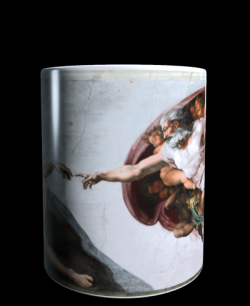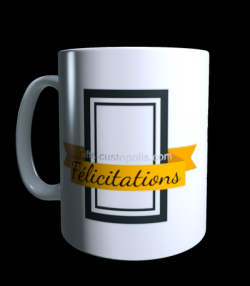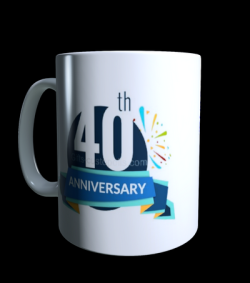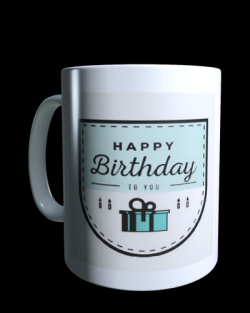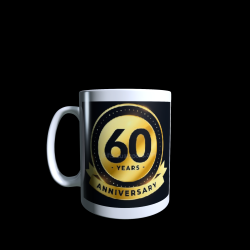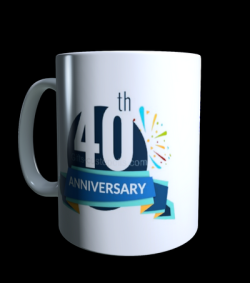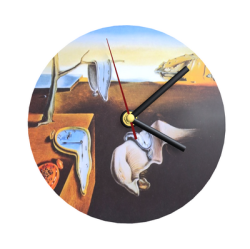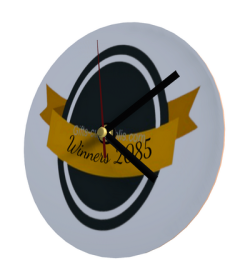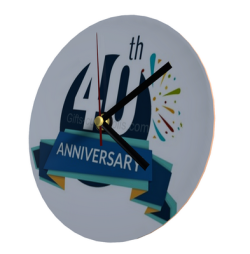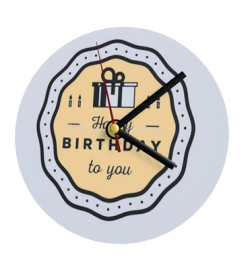Coloured mug with...
The progress of human beings has been made through many small progressions in the uses and ways of acting. One of these changes is undoubtedly the way of eating and the utensils and objects used, as we have previously mentioned in our articles on other mugs. Kitchen items have evolved over time according to cultures and needs. The mug is one of those famous containers of our daily life that have a history and whose usefulness is no longer in question. The mug is now tending to be rivalled by the mug, which is a large, much more fashionable cup used without a saucer. A mug is a large cylindrical container with a handle, used without a saucer, which looks similar to a cup and is used for drinking or measuring in Europe and Quebec, and only for drinking hot liquids in North America. A mug can also be made of clay, glass or enamelled metal. Its use varies from region to region and it can be decorated and personalised as desired. Mugs can be of different colours, quite common and simple, fluorescent, flashy etc. sometimes with interior decorations or colours in the mug which can sometimes be of very varied colours A mug has the specificity of being able to be decorated according to one's taste and wishes. They are also available in different sizes and formats. The mug with a well-known work of art is an original mug gift, the best coffee cup that will be appreciated by all art lovers and by the general public. A useful and decorative mug gift idea. Let yourself be tempted by our mugs with a painting of a famous painter like Van Gogh, Klimt, Dali etc. A great gift idea for any occasion.
- Personalisable




































